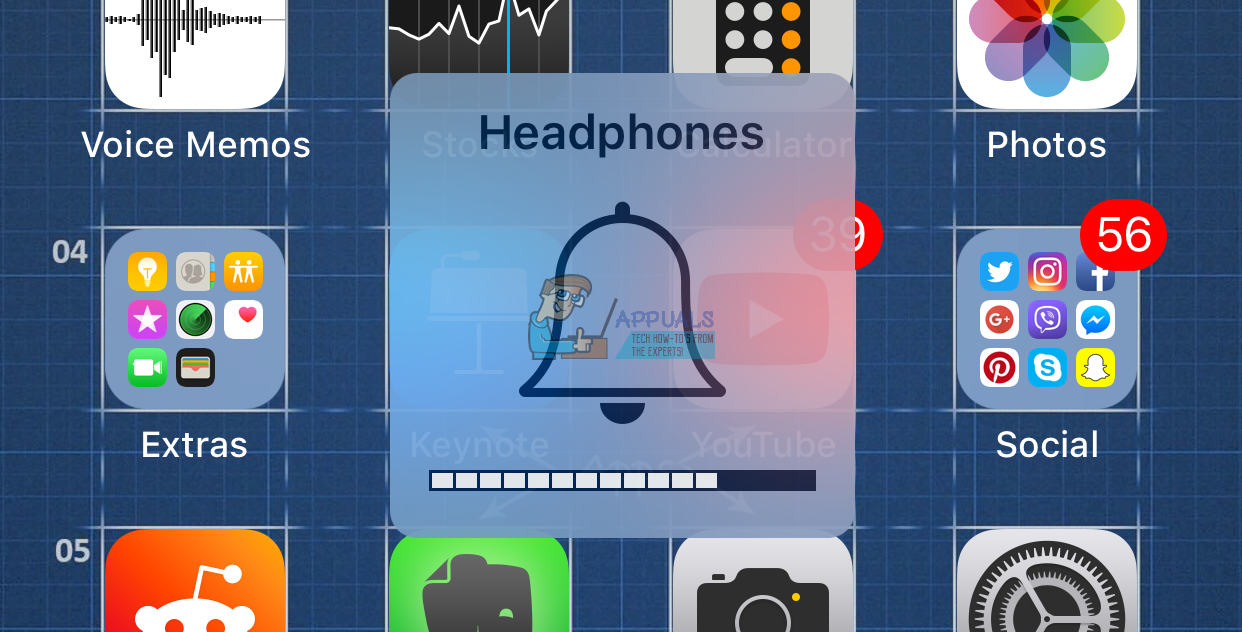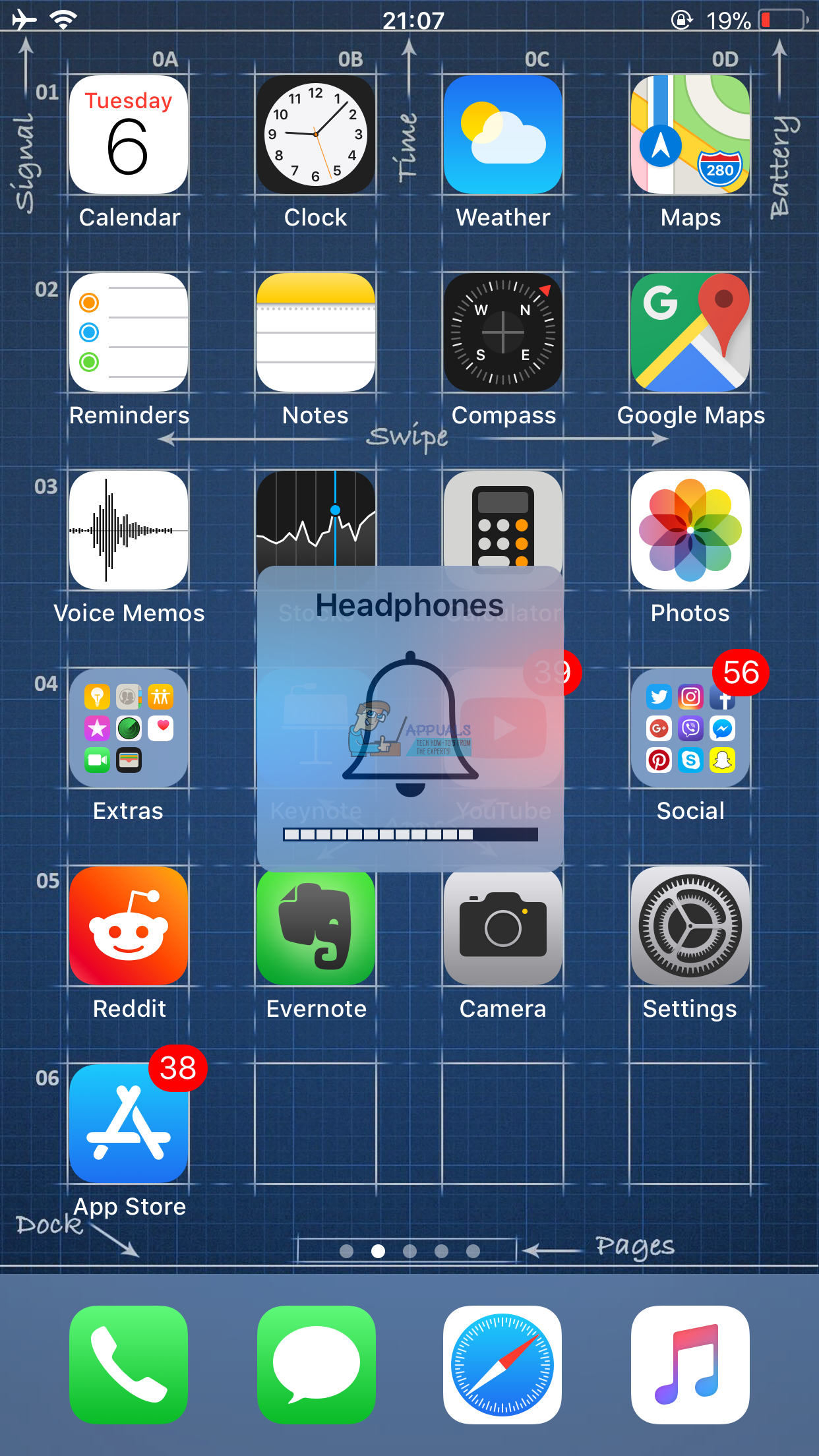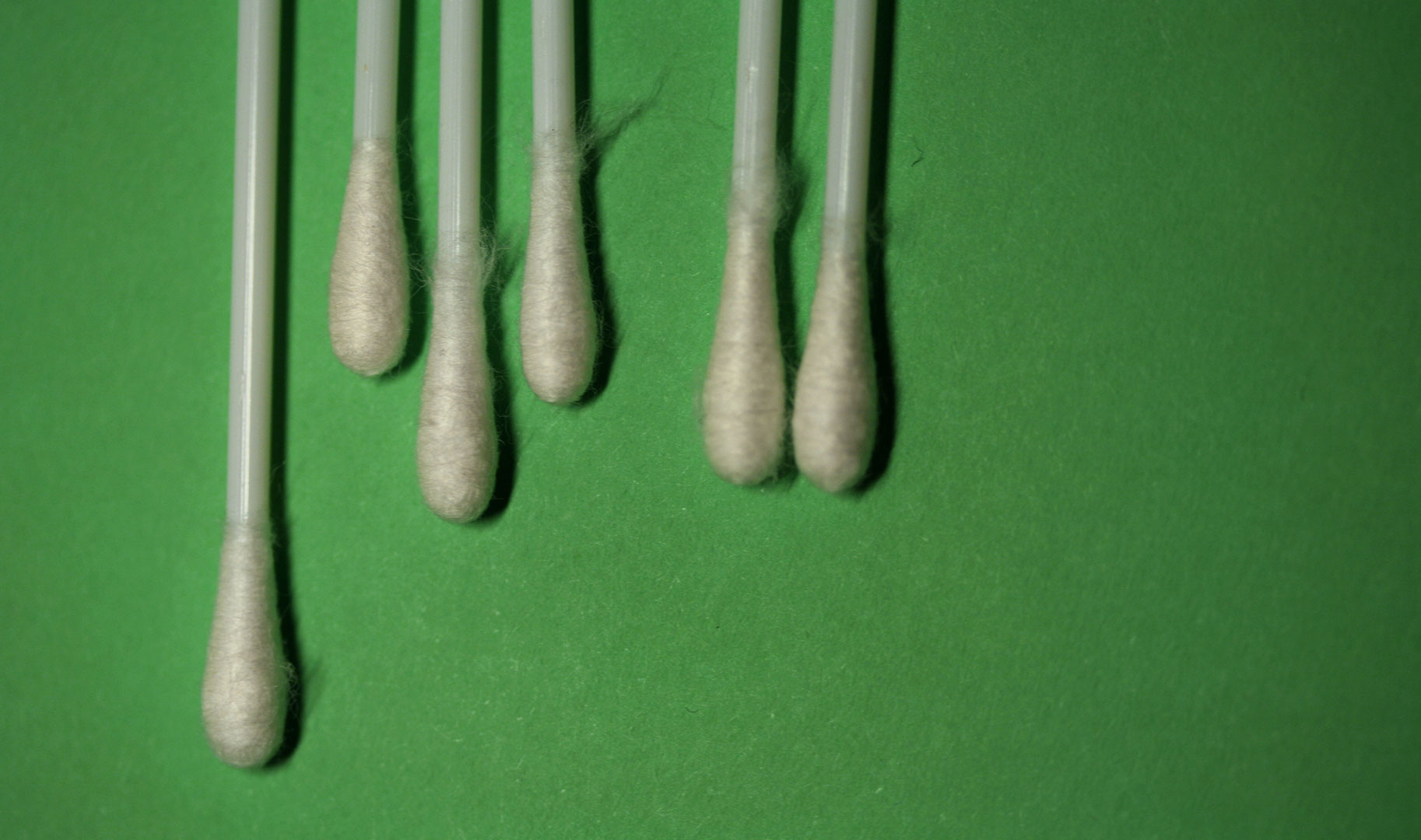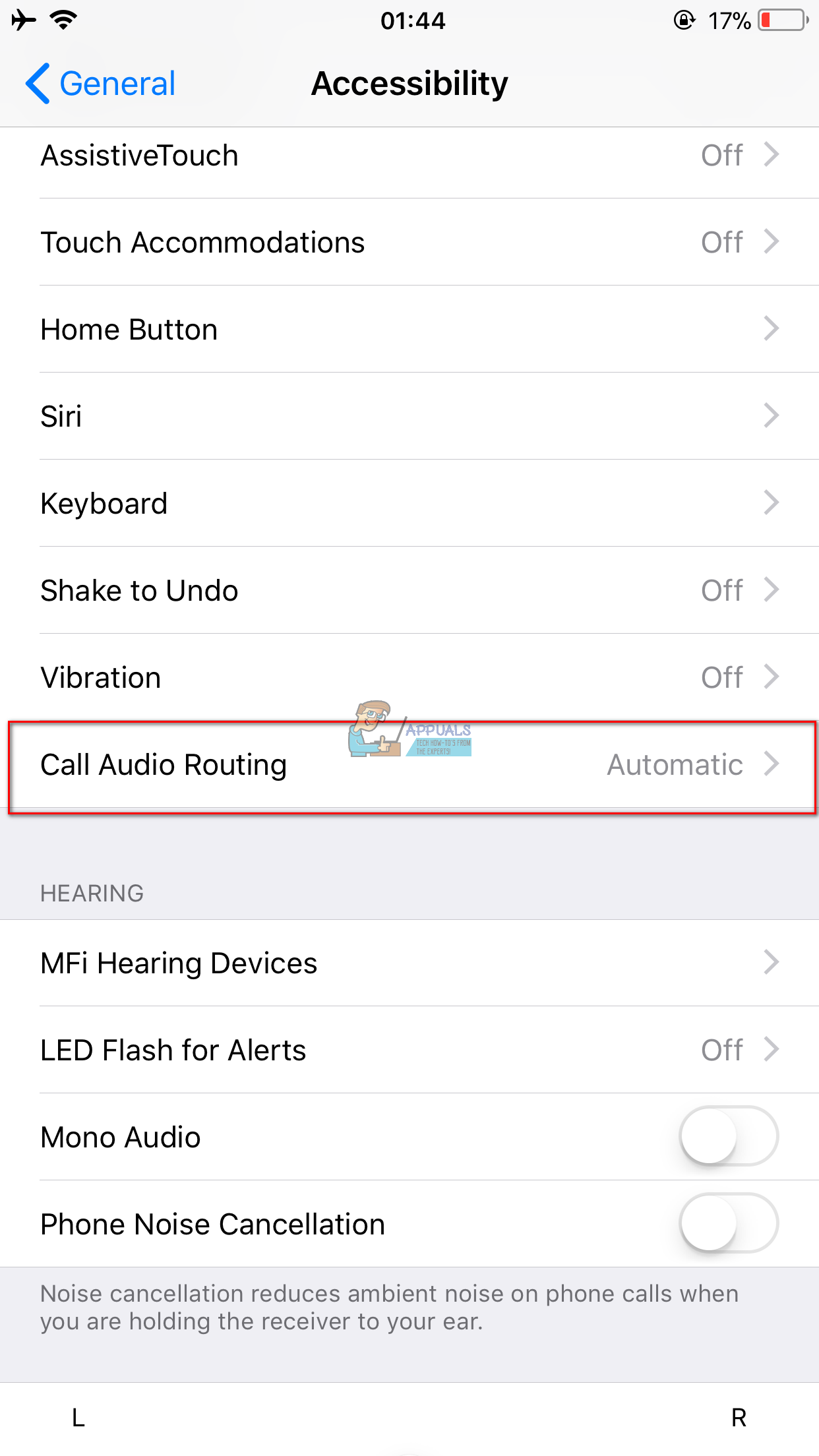Final Preparations
Before jumping on the solutions take a look at these tips.
On your iDevice, go to Settings > Sounds & Haptic > Ringtone. Try different ringtones and check if device’s speakers work.Make sure your device has more than 30% battery. If less than this, juice it up and check if the power level was the problem.Close all your open applications in the background (double-tap on the Home button and swipe them up one by one).
Fix #1
Restart your iDevice by long-pressing the power button. Sometimes the software may stay in headphones mode even when you plug out the jack from the device.
Fix #2
If you see the headphones sign (see the image below) when you adjust the volume, there may be debris or dust in the headphones port. Try plugging and unplugging the headphones several times (8-10 times).
Fix #3
Perform Hard Reset (Forced Restart) on your iDevice. If you don’t know how to do it, check the Forced Restart section in this article. There you can find the instructions for your specific device.
Fix #4
Try blowing in your iDevice’s headphones port (you can use a hairdryer). Sometimes our iDevices accumulate moisture inside the port. That may be the cause of the problem. If this is the case with your device, blowing will do the trick. Note: If you are using a hairdryer, make sure you blast the headphone port while the hairdryer is set on cold (or lower temperature) setting. Also, turn off your iDevice before performing this fix.
Fix #5
Get a flashlight and check if there is anything stuck inside your iDevice’s headphones port. If you see something, try taking it out. Note: Make sure you turn off your iDevice before performing any of these methods (inserting any tool into the headphones port). You can use compressed air to blow into the port. Make it gently and carefully, and if that doesn’t help, try blowing in there a little harder. Some users used a small vacuum cleaner for sucking the headphones port. And, believe it or not, it worked! If you are doing this, make sure you use a small vacuum cleaner, and do not use any of the industrial types. Use a toothpick or a Q-Tip and clean the inside of the port. That will remove any dirt and particles from the connectors. Note: If you are using a Q-Tip, make sure you pull off the extra cotton so it will fit the port. While the Q-Tip is inside the port, make a few rotations to clean up everything.
Try cleaning the port with an interdental brush (you can find one in almost every drug store or grocery store). It will clean out any dust and debris from inside. However, make sure to clean with caution, and do not use force. You can also add a bit of rubbing alcohol to the process (just a few drops on the brush). This will help to remove anything that may be stuck persistently on.
Another way to clean out the headphones port is using a homemade tool (paperclip with some transparent tape). Make the paperclip straight (bend it), and wrap its tip with transparent tape. Make sure you put the sticky side outwards. Gently insert the sticky tool into the headphones port. Lightly press the sides to pick up any particles from there. Inside your iPhone’s headphones port there is a tiny, pinhead silver tactile button. It may get stuck because of humidity, dust, grime, and so on. Try scraping it gently with a safety pin combined with a swab with a tiny bit of alcohol.
Fix #6
Connect your iPhone (or iPad or iPod Touch) to a Bluetooth speaker or Bluetooth headset, then disconnect it. Check if that worked, in getting your iDevice out of headphones mode.
Fix #7
Check your iDevice’s Call Audio Routing. This setting determines whether your device uses built-in speakers or headphones for interpreting audio during phone calls and FaceTime audio calls. Toggling it may help you get your device out of headphones mode.
Fix #8
Try turning on Airplane Mode for at least 15 minutes (go to Settings > Airplane Mode > Toggle it ON). After 15 minutes (or more) switch it back on and try if your speakers work.
Fix #9
Try to play some music from your iOS apps. Even it sounds too-simple-to-be-true, this helped many users.
Fix #10
Try resetting your iDevice’s network settings. (Go to Settings > General > Reset > Reset Network Settings.) This action will NOT delete any data from your iDevice’s memory. However, it removes any Wi-Fi passwords and custom network settings.
Fix #11
Try backing up your device, either on iTunes or iCloud.
Additional Methods
Make a phone call while your headphones are plugged in and hit Loudspeaker. Once you finish the call, activate Silent Mode, and then deactivate it again.If having an iDevice without a headphones jack, try plugging in your charging cable and then unplug it immediately. Repeating this procedure may do the trick for you.Try switching ON the mute button. Then press the volume buttons and check if it works. Switch the mute button OFF when finished.Launch Apple Voice Memos and record a voice memo.Make a FaceTime call. You may not hear sound in the first 20-40 seconds. But, stay on call for 3-5 minutes. This may activate the speaker.Accept a call with your headphones plugged in. While on the call, unplug and plug your headphones multiple times, then hang up.
Final Words
These are pretty much all the methods that resulted in successfully taking iDevices out of headphone mode. If nothing works, you should contact Apple support. The problem might be hardware related, and that may require some parts replacements. Did this article help you to get your iDevice out of headphone mode? If it did, which method worked for you? Feel free to drop us a line in the comment section below.
How to Fix Headphone Issues on Windows 7/8 or 10Fix: Headphone Jack not Working on Android PhoneFix: ‘Headphone Jack Not Recognized’ in Windows 11Fix: Windows 10 Stuck in Tablet Mode




